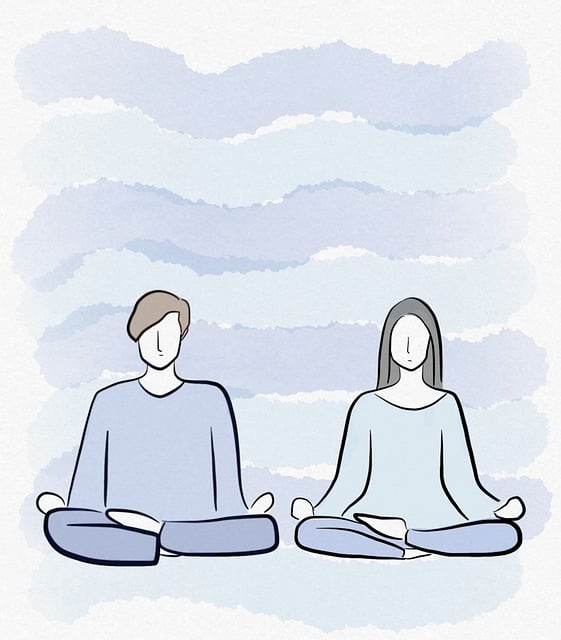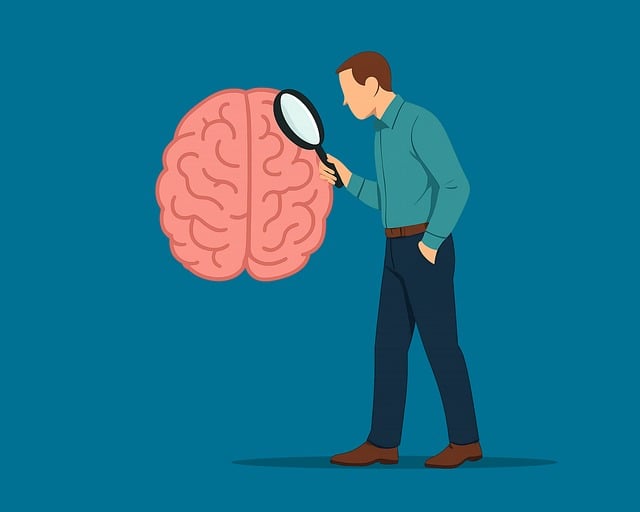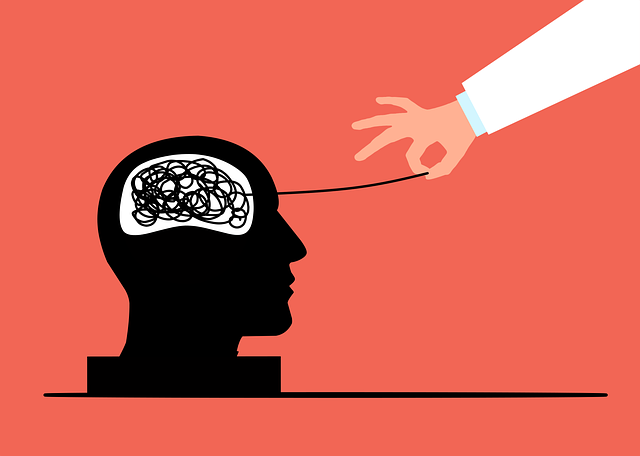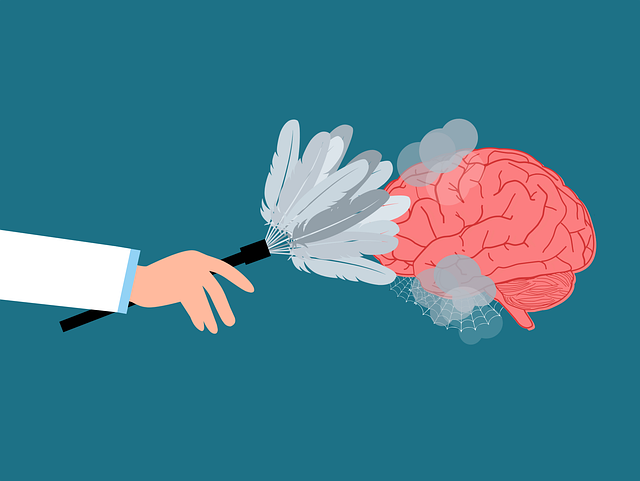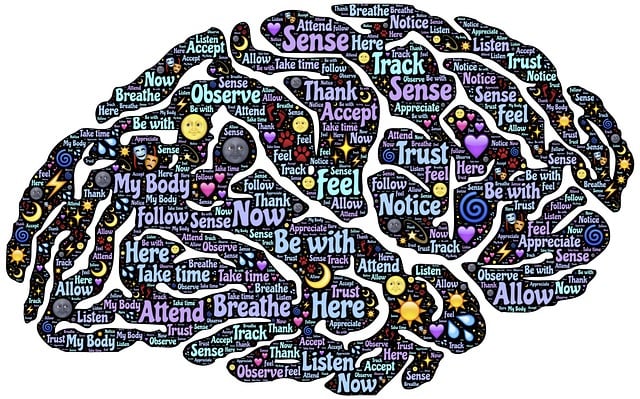Mindfulness meditation emerges as an effective therapy for adolescent teens with PTSD, offering a safe space to process traumatic memories and develop self-regulation skills. Regular practice enhances emotional health, reduces anxiety, and improves daily functioning. Normalized through public awareness campaigns, mindfulness provides a transformative tool for teens seeking relief from PTSD symptoms, fostering resilience and healing through present-moment awareness and acceptance.
Mindfulness meditation offers a powerful therapy for adolescent teens post-traumatic stress disorder (PTSD), helping them navigate their emotional landscape with greater ease. This article guides parents and caregivers through understanding mindfulness, its benefits for teen mental health, and provides a practical step-by-step guide to establishing a meditation routine. We explore long-term impacts of consistent practice and offer support strategies to integrate mindfulness into daily life, fostering resilience and emotional well-being.
- Understanding Mindfulness Meditation for Teens with PTSD
- Benefits of Regular Practice: Enhancing Emotional Well-being
- Step-by-Step Guide to Starting a Meditation Routine
- Incorporating Mindfulness into Daily Life: Long-term Impact and Support Strategies
Understanding Mindfulness Meditation for Teens with PTSD

Mindfulness meditation has emerged as a powerful therapy for adolescent teens suffering from post-traumatic stress disorder (PTSD). By focusing on the present moment and cultivating awareness, this practice offers a safe space for teens to process traumatic memories without judgment. Mindfulness, at its core, encourages individuals to observe their thoughts and emotions without getting swept away by them, thereby fostering self-regulation skills essential for managing anxiety and distress.
For teens with PTSD, integrating mindfulness meditation into their routine can be transformative. It helps them develop mind over matter principles, enabling better control over their reactions to traumatic memories. Public awareness campaigns development has played a significant role in normalizing this practice, making it more accessible to adolescents seeking relief from symptoms that impede their daily functioning and self-esteem improvement.
Benefits of Regular Practice: Enhancing Emotional Well-being

Regular mindfulness meditation practice offers powerful benefits for adolescent teens, especially those dealing with post-traumatic stress disorder (PTSD). By cultivating present-moment awareness, teens can learn to observe their emotions and thoughts without judgment, fostering a deeper sense of emotional regulation. This skill is particularly crucial for managing the intense feelings often associated with trauma.
Through consistent meditation, teens can enhance their mental health awareness, develop coping strategies, and improve overall mental wellness. The practice encourages self-compassion, allowing individuals to approach their emotions with kindness and understanding. This, in turn, can lead to reduced symptoms of anxiety and depression, improved focus, and a heightened ability to navigate challenging situations, ultimately supporting their journey towards healing and personal growth.
Step-by-Step Guide to Starting a Meditation Routine

Starting a mindfulness meditation practice can be transformative for teens dealing with post-traumatic stress disorder (PTSD). Here’s a step-by-step guide to help navigate this journey:
1. Set Realistic Goals: Begin by defining achievable goals. Whether it’s aiming for 5 minutes of daily meditation or gradually increasing the duration, setting realistic objectives ensures a sustainable routine. For adolescents with PTSD, starting small and building up can be less intimidating.
2. Find a Quiet Space: Create a peaceful environment free from distractions. This could be a quiet corner in their bedroom or a serene spot in your home. Consider incorporating cultural sensitivity practices inspired by diverse mental healthcare traditions to make the space feel personalized and calming. A consistent place for meditation fosters a sense of safety and comfort, making the practice more accessible.
3. Choose a Meditation Style: Explore different meditation techniques like body scan, loving-kindness, or mindfulness of breath. For teens with PTSD, body scan meditations can help them reconnect with physical sensations without triggering fears. There are many guided meditations available online tailored for adolescent needs and specific challenges, including stress management and depression prevention.
4. Establish a Routine: Consistency is key. Try to meditate at the same time each day. Morning sessions can set a positive tone for the day, while evening practices may aid in unwinding from the day’s events. Stress management workshops often emphasize the power of routine, making meditation a regular part of daily life.
5. Practice Mindfully: When meditating, focus on your breath and bodily sensations without judgment. If thoughts or memories intrude, gently acknowledge them and bring your attention back to your breath. This process is about cultivating present-moment awareness rather than erasing distressing thoughts. Cultural sensitivity in mental healthcare practice encourages teens to view these experiences as opportunities for growth.
Incorporating Mindfulness into Daily Life: Long-term Impact and Support Strategies

Incorporating mindfulness into daily routines can have profound long-term effects on mental wellness for adolescent teens dealing with post-traumatic stress disorder (PTSD). Beyond providing a therapy for PTSD, consistent practice fosters emotional regulation skills essential for managing stressful situations and cultivating resilience. A simple start is integrating mindfulness moments throughout the day: mindful breathing exercises upon waking or before meals, or practicing present-moment awareness during mundane tasks like walking or eating.
For ongoing support, teens can explore mental wellness journaling exercises to track their experiences and emotions. This practice not only enhances self-awareness but also provides a safe space to express feelings that may be difficult to articulate otherwise. Additionally, empathy building strategies learned through mindfulness can improve interpersonal connections, fostering a sense of belonging and understanding—crucial components in the healing process from trauma.
Mindfulness meditation emerges as a powerful tool in the therapy for adolescent teens post-traumatic stress disorder (PTSD), offering tangible benefits that enhance emotional well-being. By integrating mindfulness into daily life, teens can cultivate resilience and improve their overall mental health. The step-by-step guide provided offers a practical starting point for establishing a meditation routine while long-term strategies ensure sustained impact. Through consistent practice, teens with PTSD can learn to navigate their emotions and experiences in healthier, more adaptive ways.
